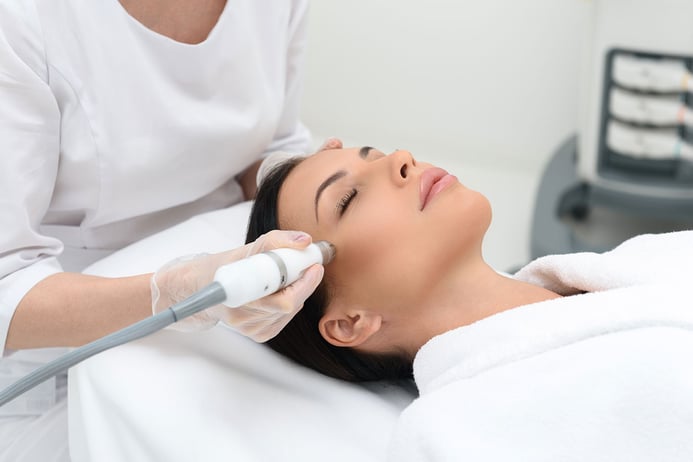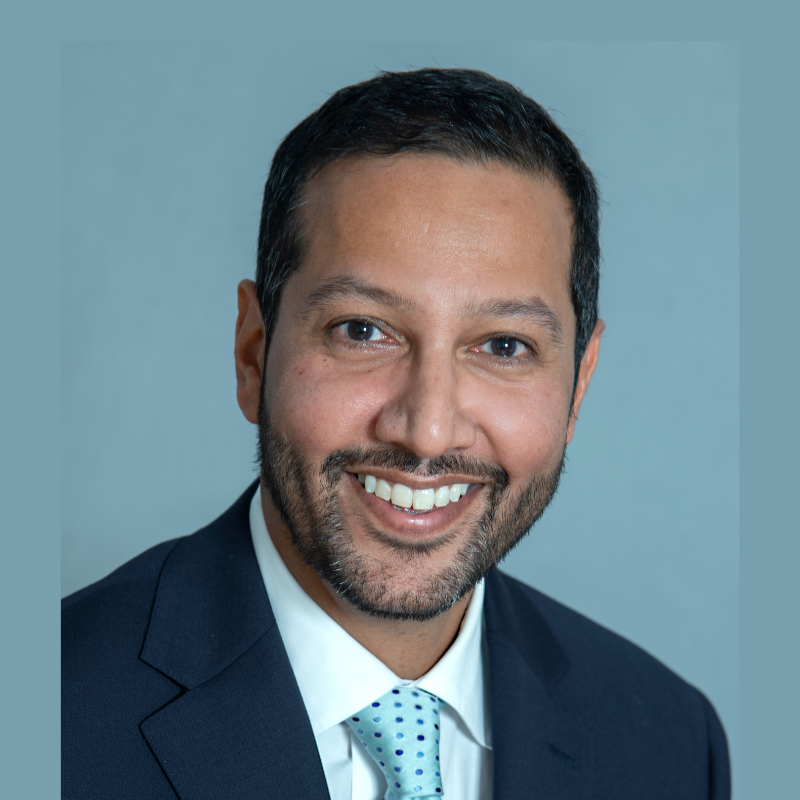Medical spas, sometimes referred to as medi-spas or medspas, seek to combine some medical procedures normally performed in a doctor’s office with the experience of a day spa.
There is a particular focus on anti-aging treatments. Indeed, now medical spas can offer non-surgical anti-aging treatments that were once performed only at a doctor’s practice. However, in some jurisdictions there is a requirement that medical spas be owned and operated by a qualified physician.
Destination spas tend to be more medically orientated, offering, for example: detox, metabolic optimisation (optimising the body's fat-burning, energy-producing machinery), medical weight loss and post-cancer recuperation.
Examples of medical spa treatments
Medical spa treatments can include: corrective medical skin care products; procedures for treating lines, wrinkles, sun spots, sagging skin, loss of facial volume and other unwanted conditions of aging skin.
Laser hair removal treatments, as well as vein, scar and stretch mark therapy are also typically offered.
Other core treatments include: microdermabrasion (a cosmetic skin care procedure); mild chemical peels; medical facials; photorejuvenation, which is a skin treatment that uses lasers, intense pulsed light or photodynamic therapy to treat skin conditions and to remove the effects of photo-aging (premature aging), such as wrinkles, spots, and textures. This process creates open wounds on the skin, which heal themselves by creating new cells. Muscle spasms can be treated with Botulinum toxin, a neurotoxic protein that is injected directly into the muscle. Muscle spasms are caused by chemical reactions sent to the muscles from nerves which cause the muscles to contract. Botulinum toxin blocks these reactions.
Another treatment concerns injectable fillers, which are soft tissue fillers injected into the skin to fill in facial wrinkles. Common medical spa procedures include cellulite reduction, tissue tightening, and acne treatments
The link with traditional medicine
While Western medical practice treats symptoms, it is complementary and alternative medicine (CAM) that has helped to create the link between medicine and spas. CAM treatments and cures can include chiropractic, acupuncture, mineral soaks, herbal teas and lotions, dietary modifications, as well as chanting and meditation.
Growth in medical spas
In recent years, growth in the number of medical spas has slightly exceeded that of spas overall, though the increase in revenue has lagged the global total. According to most recently available data,
There are over 6,800 medical spas which account for almost 5% of the worldwide total, but generate over 7% of worldwide spa revenue.
| Number of spas | 2015 | 2017 | % change |
| Medical spas | 5,502 | 6,827 | 24.1% |
| Medical spa % of total | 4.5% | 4.6% | 1.1% |
| Total spas | 121,595 | 149,252 | 22.7% |
| Spa revenue US$bn | 2013 | 2015 | % change |
| Medical spas | 5.7 | 6.6 | 15.8% |
| Medical spa % of total | 7.3% | 7.1% | -4.0% |
| Total spas | 77.6 | 93.6 | 20.6% |
Figure: Total medical spas and associated revenue, 2015 & 2017, 2013 & 2015
Source: Global Wellness Institute, Global Wellness Economy Monitos, 2018
Prominent medical spas
Medical spas provide comprehensive medical and/or wellness care in an environment that integrates spa services with traditional, alternative and cosmetic medical treatments and therapies. They have full-time, onsite doctors and staff, including qualified nurses, pharmacists and physiotherapists.
Some of the finest (and most expensive) medical spas are to be found in Europe, including Switzerland’s Clinique La Prairie and Grand Resort Bad Ragaz. Both of these world-class establishments offer luxurious accommodation, outstanding facilities and teams of specialist doctors for consultations, investigative procedures and surgery. Furthermore, they feature state-of-the-art operating blocks with recovery suites and 24-hour care. Medical spa services also include weight loss and stress-reduction programmes, check-ups, beauty treatments and preventive medicine.
Other exclusive destination medical spas include: Chiva Som in Thailand, which promotes its bespoke, tailored programmes under the guidance of the guest’s individual health and wellness advisor; Kamalaya, Thailand, which offers three levels of detox programmes; the SHA Wellness Clinic, located in Spain, just to the north of Benidorm, which offers detox and weight control programmes, among others; the Lanserhof group; and the Vilalara Longevity Thalassa & Medical Spa, located in Portugal’s Algarve.
Lanserhof group
The Lanserhof group claims to be “the European leader in modern naturopathic medicine” (a form of alternative medicine that employs an array of pseudoscientific practices branded as ‘natural’, ‘non-invasive’, and as promoting ‘self-healing medicine’). The group opened its first medical spa facility in Austria’s Tyrol in 1974 and operates two spas in Germany, including one located in Tegernsee and one in Hamburg, which promotes itself as “state-of-the-art sports medicine” centre. There are two properties in the pipeline, including one on the German resort island of Sylt, due to open in 2020, and one in England, due to open in May 2019 in Mayfair.
Vilalara Longevity Thalassa & Medical Spa
This establishment purports to offer a fusion of thalassotherapy (seawater treatment), spa and wellness & anti-ageing programmes within a luxury leisure resort by the sea. Set in 11 hectares of gardens, the resort features a secluded beach, as well as five outdoor pools of fresh or sea water, four tennis courts and two restaurants.
At Vilalara Longevity Thalassa & Medical Spa, guests can select one of Longevity’s programmes, which go from a relaxing wellness retreat to a high impact and structured detox, weight loss or anti-ageing programme.
Lecturer Spa Management at EHL Campus Passugg






